1. Introduction to Chicken Feed Pellet Machine
A Chicken Feed Pellet Machine is a specialized feed-processing device designed to convert powdered raw materials into dense, uniform feed pellets for broilers, layers, breeders, and other poultry. This equipment is widely used in poultry farms, feed mills, agricultural cooperatives, and small-scale backyard operations.
With the increasing demand for high-quality and nutritionally balanced poultry feed, chicken feed pellet machines have become essential tools for enhancing feed efficiency, reducing wastage, and boosting overall poultry productivity.
A modern chicken feed pellet machine integrates several functions, including mixing, conditioning, pelletizing, cooling, and separating, depending on the production line scale. This article provides a detailed, SEO-rich explanation of this equipment, including technical parameters, structure, advantages, features, usage instructions, maintenance tips, common problems, and frequently asked questions.
2. Technical Parameters of Chicken Feed Pellet Machine
Although exact values differ by model, the following specifications represent typical ranges used for Google SEO and product catalogs.
2.1 Production Capacity
Small models: 100–300 kg/h
Medium models: 500–1500 kg/h
Large industrial models: 2–10 tons/h
2.2 Motor Power
2.3 Pellet Size Options
Available pellet diameter (choose by poultry type and age):
2.4 Voltage
2.5 Raw Material Requirements
Acceptable ingredients:
Moisture content should be 12–15% for optimal pelletizing.
2.6 Die Material
2.7 Machine Weight
Small: 150–300 kg
Medium: 400–1200 kg
Large: 1500–6000 kg
3. Structural Components of Chicken Feed Pellet Machine
A chicken feed pellet machine includes several interconnected components:
3.1 Feeding Hopper
Feeds raw material evenly into the chamber.
3.2 Conditioner (optional)
Adds steam or moisture for better pellet shaping.
3.3 Pelletizing Chamber
Includes:
Die (flat or ring type)
Rollers
Shaft
Bearings
Gearbox
3.4 Cutting Blade
Adjusts pellet length.
3.5 Discharge Outlet
Pellets exit the machine after pressing through the die.
3.6 Motor and Belt Drive / Gear Drive
Provides mechanical power for pelletizing.
3.7 Control Panel
Includes:
Start/stop buttons
Load monitoring
Safety system
3.8 Cooling System (for large lines)
Reduces pellet temperature and moisture.
4. Features of Chicken Feed Pellet Machine
4.1 High Pellet Density
Pellets produced are firm, uniform, and nutritionally balanced.
4.2 Adjustable Pellet Size
Different die plates allow farmers to produce pellets that suit specific poultry types and growth stages.
4.3 Strong Durability
Made with high-strength alloy steel dies, heat-treated rollers, and robust frames.
4.4 High Efficiency and Output
Capable of continuous operation with stable performance.
4.5 Low Energy Consumption
Energy-efficient motors reduce electricity cost.
4.6 Multi-Functional
Suitable for producing feed for:
Broilers
Layers
Ducks
Turkeys
Quails
Rabbits
Fish (with aquatic dies)
4.7 Easy Operation
Simple control panel and user-friendly design.
4.8 Low Maintenance Requirement
Machines are designed with minimal wearing components.
5. Advantages of Chicken Feed Pellet Machine
5.1 Improved Poultry Growth Rate
Pellets enhance nutrient absorption, improving feed conversion ratio (FCR).
5.2 Reduced Feed Waste
Pellets minimize scattering and dust, reducing overall feed costs.
5.3 Better Digestibility
Heat and pressure during pelletizing improve digestion efficiency.
5.4 Higher Feed Hygiene
Pelletization kills bacteria and pathogens, enhancing food safety for poultry.
5.5 Cost Savings
Producing feed onsite reduces dependency on commercial feed and lowers production costs by 30–50%.
5.6 Consistent Nutrition
Pellets ensure uniform nutrient distribution in every feed portion.
5.7 Suitable for All-Scale Farming
Small, medium, and large models are available for different farm sizes.
5.8 Long Service Life
Anti-wear dies and rollers extend machine lifespan.
6. Application Scenarios
6.1 Poultry Farms
Produce daily feed for broilers, layers, and breeders.
6.2 Feed Production Factories
Medium to large feed mills manufacture commercial chicken feed.
6.3 Agricultural Cooperatives
Centralized feed production supports multiple small farms.
6.4 Large Poultry Breeding Enterprises
Customized pellet feed improves uniformity and flock performance.
6.5 Research Institutions
Agricultural universities use pellet machines for experimental feed production.
6.6 Backyard Poultry Farms
Small pellet machines are ideal for farmers producing 100–300 kg/h.
6.7 Livestock Companies
Pelletizing for multi-species feed such as ducks, quails, turkeys, and geese.
7. Working Principle of Chicken Feed Pellet Machine
The process involves the following steps:
Step 1: Raw Material Preparation
Raw materials must be crushed to powder form.
Step 2: Mixing Ingredients
Use a feed mixer to ensure uniform nutrient distribution.
✔ Step 3: Conditioning (Optional)
Adding steam improves pellet durability and hardness.
Step 4: Pelletizing
Inside the pellet chamber:
Rollers rotate and press material through the die holes
Heat and pressure bind the particles
Blades cut pellets to required length
Step 5: Cooling
Hot pellets (70–90°C) must be cooled to room temperature.
Step 6: Screening
Dust and broken pellets are separated.
Step 7: Packaging
Bag the pellets for sale or storage.
8. Usage Instructions
8.1 Pre-Operation Checklist
8.2 Operating Steps
Start the main motor
Start feeding system
Gradually introduce material into hopper
Adjust feeder speed until stable load
Monitor pellet quality
Adjust cutting blade for desired pellet length
After finishing, run the machine empty for 2–3 minutes
Turn off power
8.3 Post-Operation
9. Maintenance Guide
9.1 Daily Maintenance
Clean residue and dust
Lubricate bearings
Check bolt tightness
9.2 Weekly Maintenance
9.3 Monthly Maintenance
9.4 Die and Roller Care
Never run the machine without material for too long
Use oil-water mixture to protect die after production
Replace dies when output decreases significantly
10. Common Problems and Troubleshooting
Problem 1: Pellets Are Too Soft
Cause: Low temperature or insufficient binder
Solution: Increase conditioning temperature or add molasses
Problem 2: Pellet Machine Becomes Blocked
Cause: High moisture or poor-quality powder
Solution: Adjust raw material moisture to 12–15%
Problem 3: Low Output
Cause: Worn die or rollers
Solution: Replace die or tighten rollers
Problem 4: Machine Overheating
Cause: Overloading or insufficient lubrication
Solution: Reduce feed rate and lubricate rollers
Problem 5: Pellets Are Uneven
Cause: Uneven material feeding
Solution: Adjust feeder speed
11. Frequently Asked Questions (FAQ)
Q1: What materials can the machine process?
Corn, soybean meal, rice husk, wheat bran, fish meal, minerals, vitamins, and more.
Q2: What is the ideal pellet size for broilers and layers?
Broilers: 2.0–3.0 mm
Layers: 3.0–3.5 mm
Q3: How long does a pellet die last?
800–1500 working hours, depending on maintenance.
Q4: Can one machine produce feed for different animals?
Yes. With different dies, it can produce feed for ducks, rabbits, fish, and cattle.
Q5: What is the required moisture content for pelletizing?
12–15% is ideal.
Q6: Do I need a mixer and grinder?
Yes, for high-quality feed, grinding and mixing are essential steps.
Q7: What is the benefit of pellet feed?
Better digestion, lower waste, higher feed efficiency, and improved poultry growth.
Q8: Can small farmers use this machine?
Yes. Small models (100–300 kg/h) are designed for backyard farms.
Q9: Is it easy to operate?
Yes. Even beginners can use it after basic training.
Conclusion
A Chicken Feed Pellet Machine is an essential tool for modern poultry farming, offering high efficiency, consistent pellet quality, and reduced feed costs. Whether you operate a small backyard farm or a large industrial feed mill, investing in this machine significantly boosts productivity, improves poultry health, and enhances feed utilization.
Company Profile
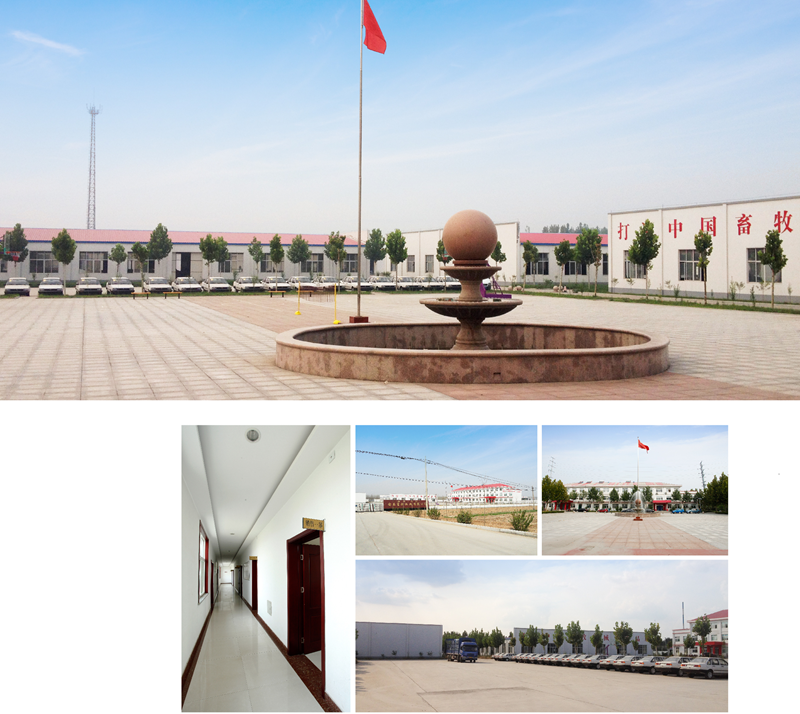
Shandong Huimin Qinle Livestock Machinery Co., Ltd. (formerly Shandong Huimin Qinle Livestock Machinery Factory) is a professional poultry equipment manufacturer with over 20 years of experience. We offer a comprehensive service package, from design (land and chicken coops), production (equipment and prefabricated steel coops), installation, commissioning, customer training, and after-sales service.
Located in Huimin County, Binzhou City, Shandong Province, China, the company has extensive experience in mechanical processing and manufacturing, as well as livestock machinery production and operation. With fixed assets of RMB 15 million, the company employs 160 people, including 30 R&D staff, and occupies a 40,000-square-meter factory. Equipped with over 110 pieces of advanced precision production equipment, including CNC machining centers and laser cutting machines, the company boasts a production capacity of RMB 50 million.
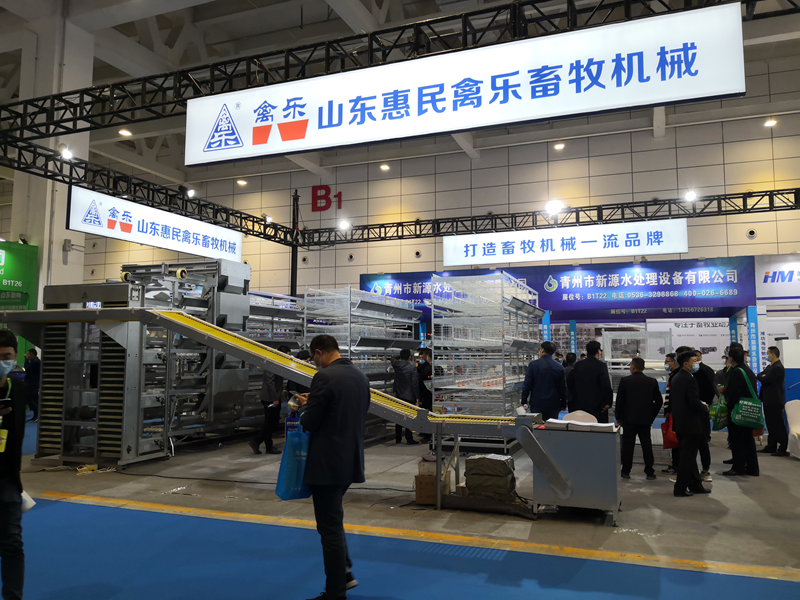


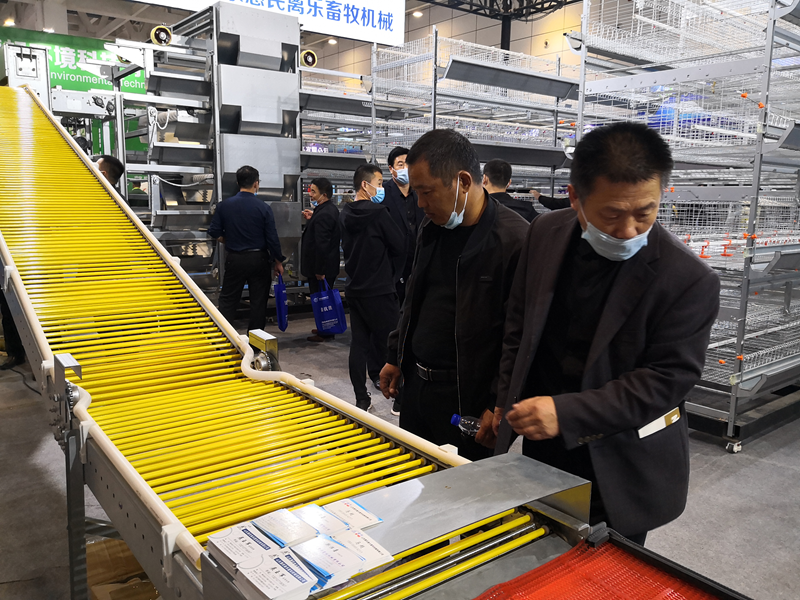
Chicken Farming Equipment Mesh Production Workshop

Machining Workshop

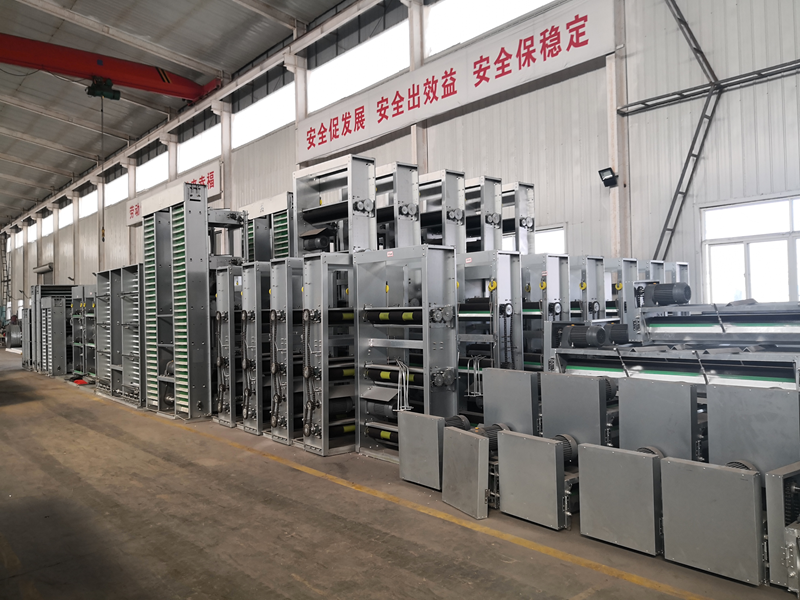
Turret-type CNC Punch Press, Laser Cutting and Other Machining Equipment



Fully Automated Roll Forming Production Line

Hot-dip Galvanizing Production Line

Electroplating Production Line

Environmental Protection Equipment

Chicken Farming Equipment Product Series
Egg-laying Hen Farming Equipment
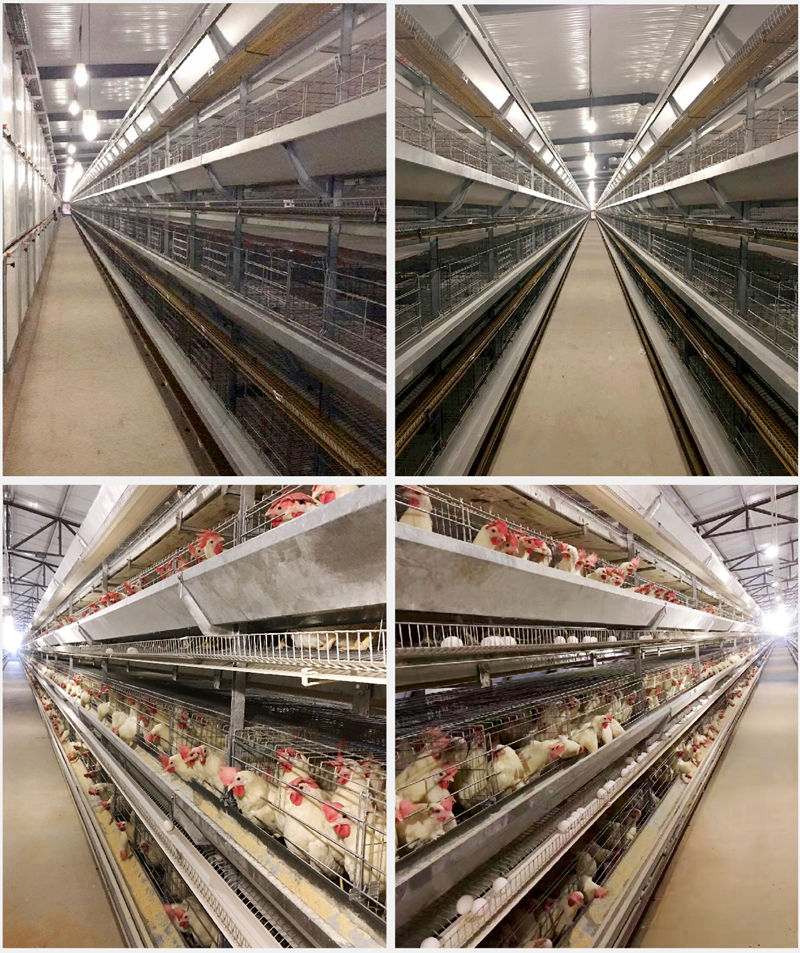
Stacked Brooding Cage Equipment

Stacked Broiler Cage Equipment
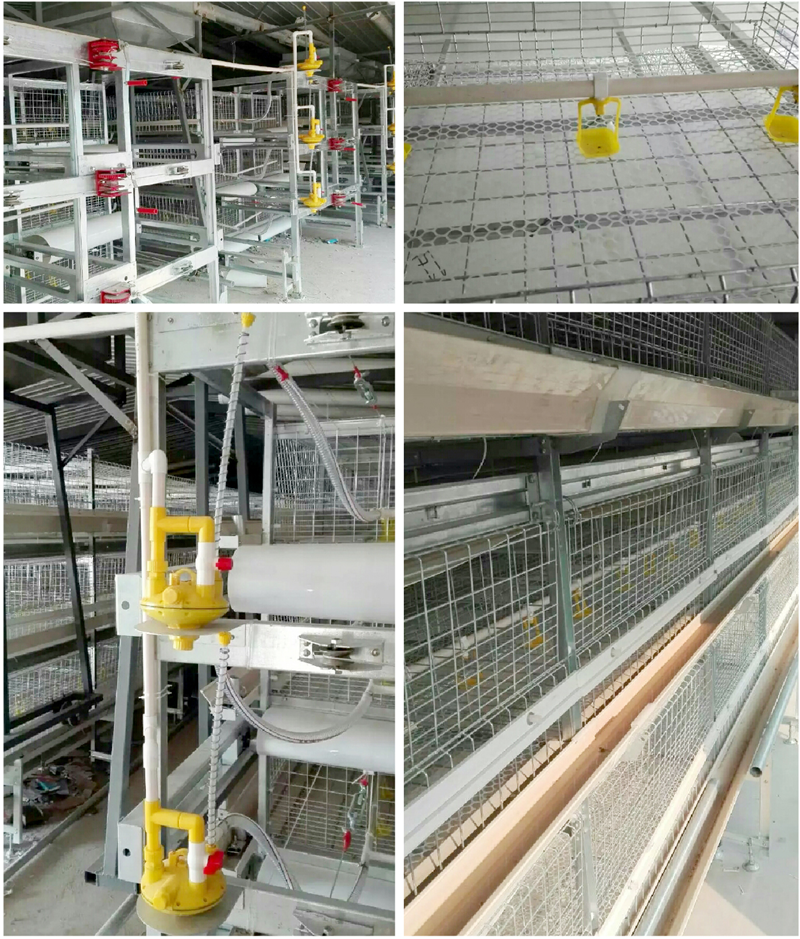
Stepped Layer Hen Cage Rearing Equipment
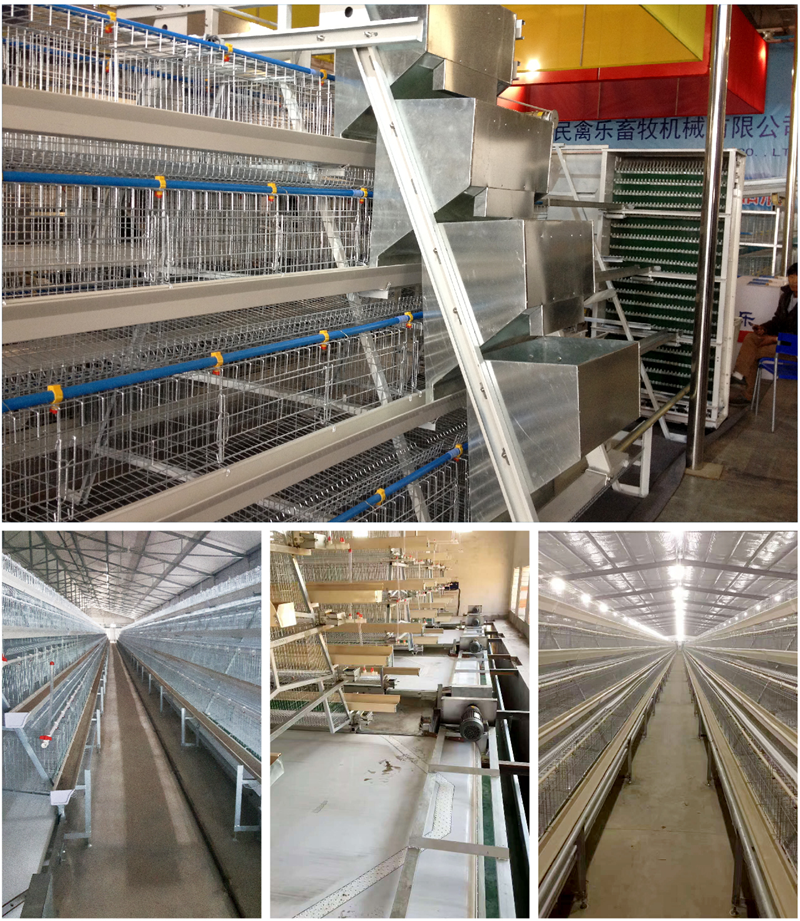
Automatic Egg Collection System

H-type Cage Feeding Machine
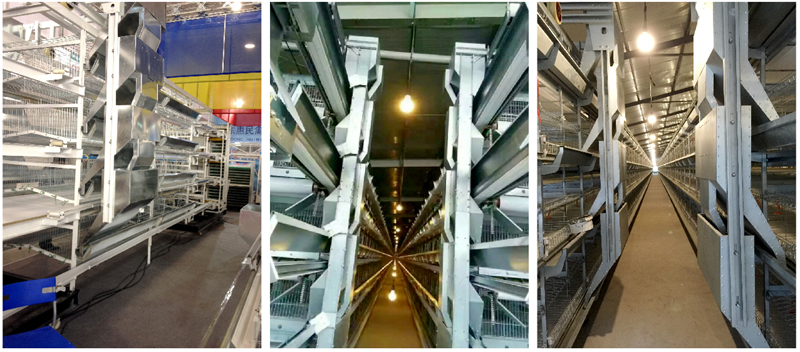
Stepped Cage Straddle Feeder
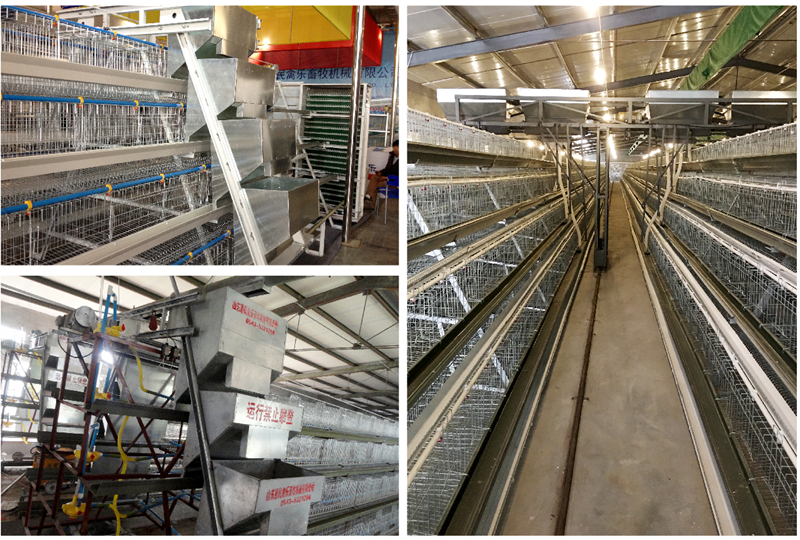
Manure Removal Machine

Fans, Heated Curtains, Environmental Control Systems, and Lighting Equipment
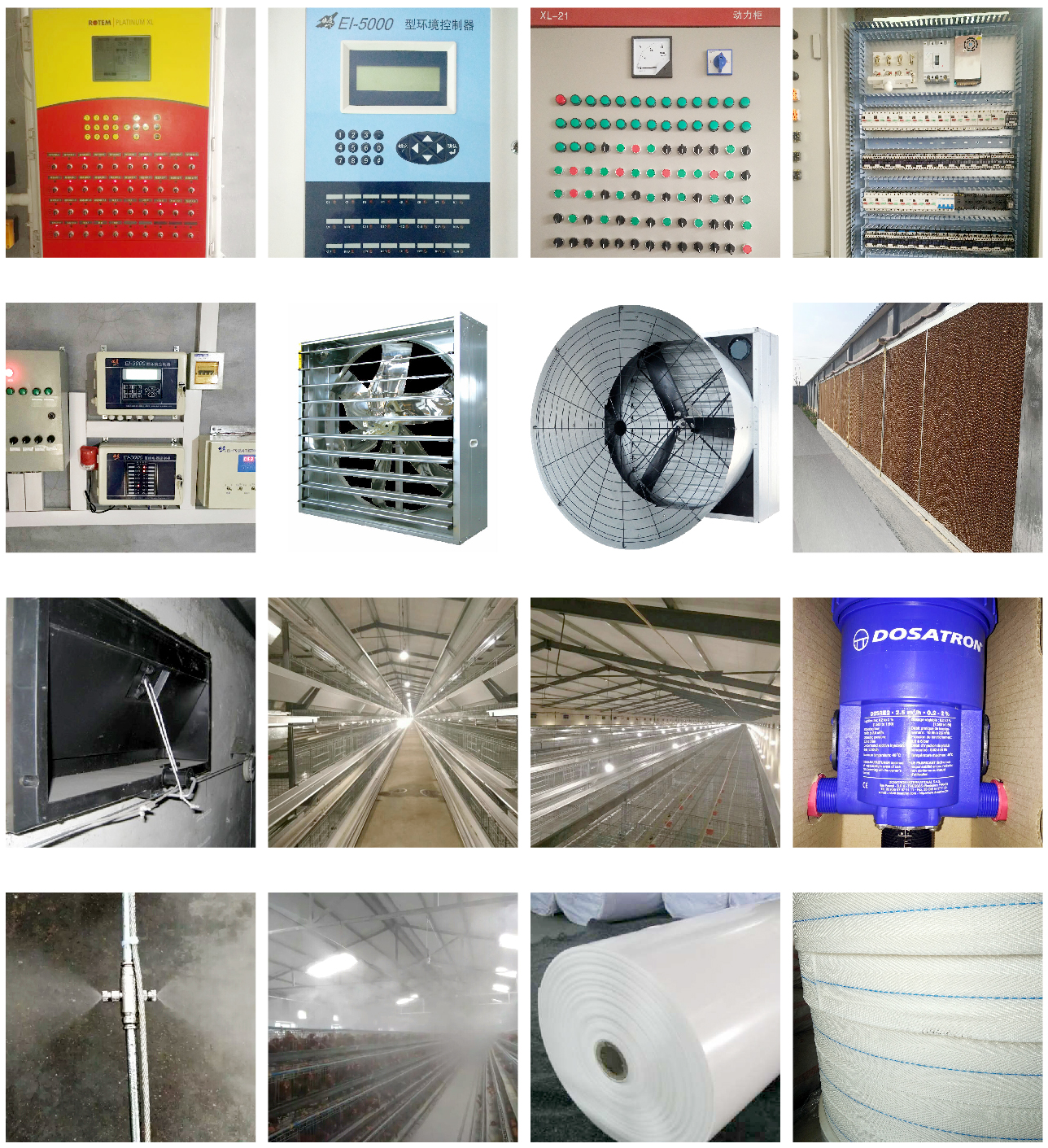
Complete Set of Equipment for Organic Fermentation Treatment of Manure


 Catalogue
Catalogue































 Whatsapp
Whatsapp Телефон
Телефон